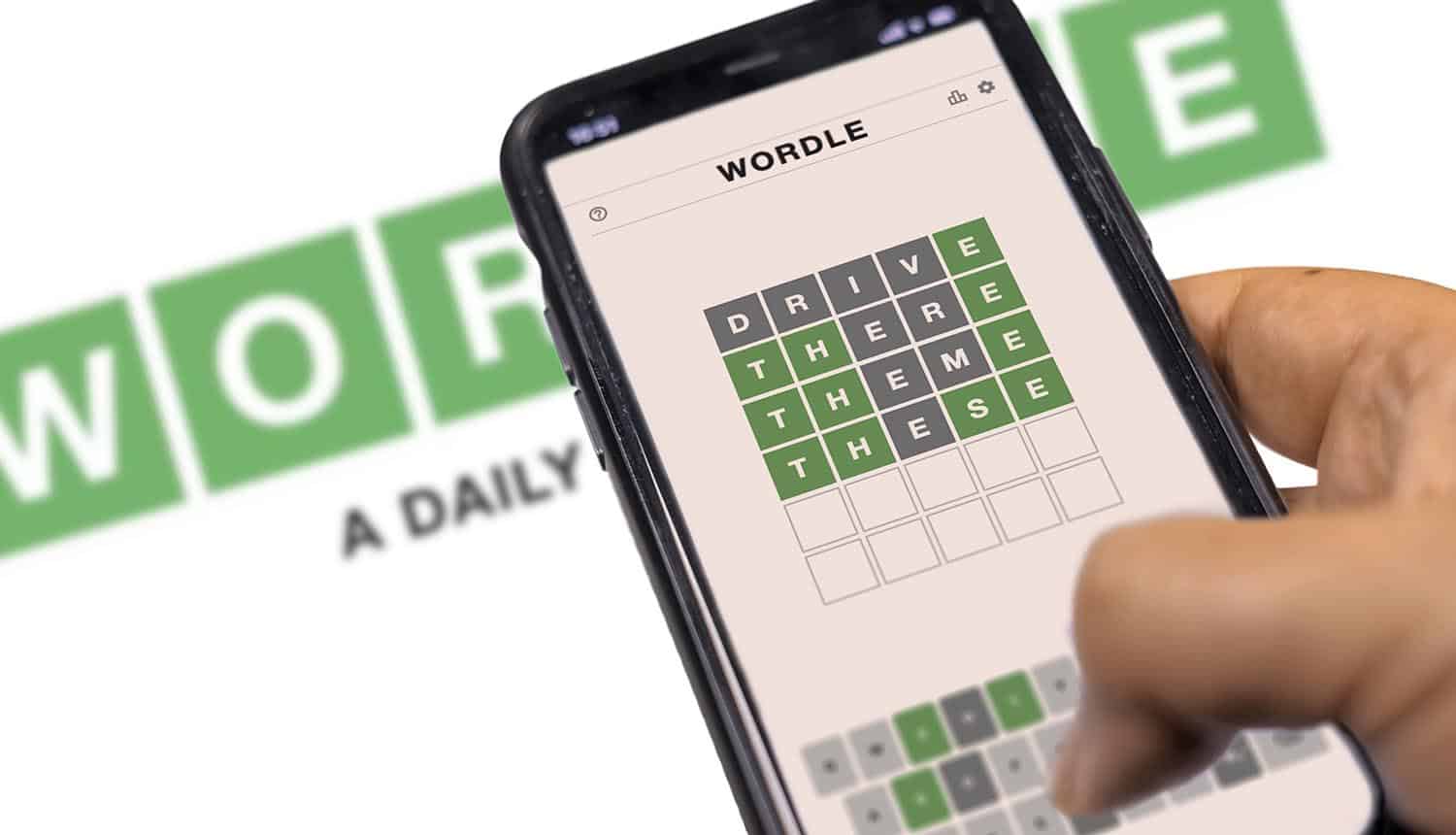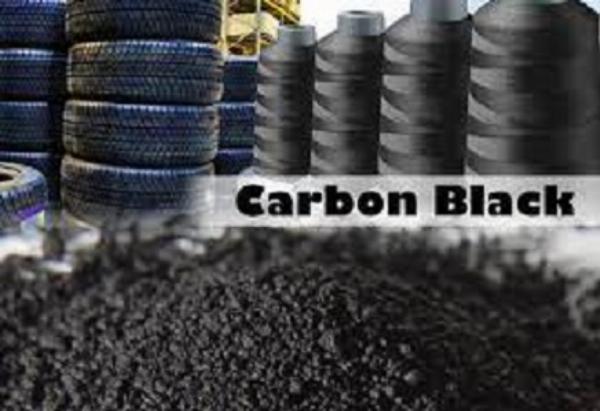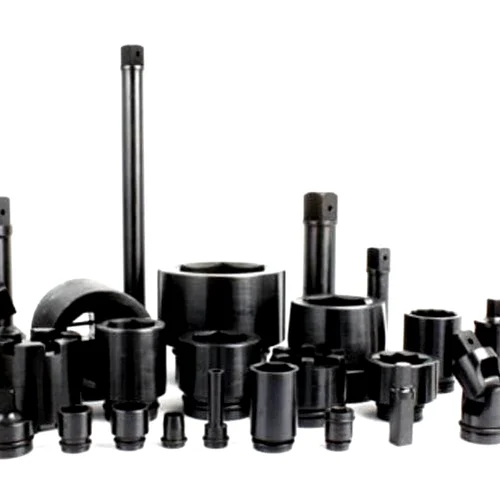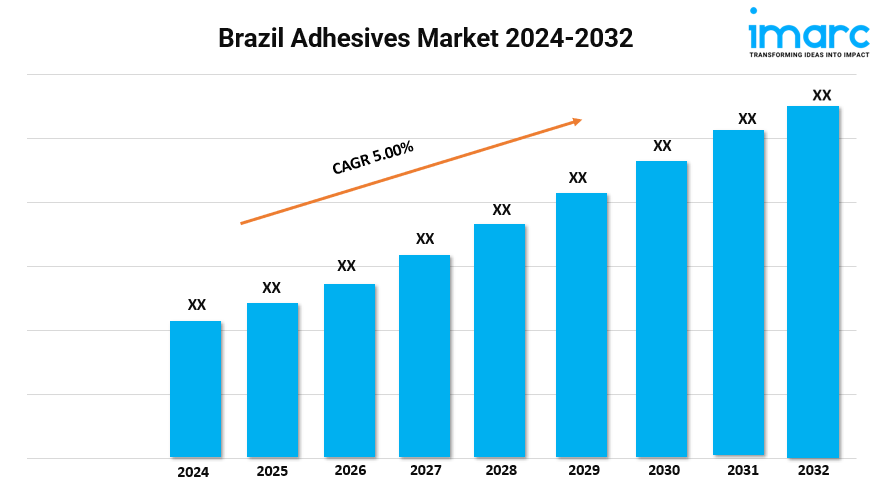Navigating the Home-Buying Journey: A 6-Step Guide to Choosing the Right Mortgage Lender

Introduction: Buying a new home is an exciting experience, but the process of finding the right mortgage lender can be daunting. Choosing the right lender is crucial as it can make or break your home-buying journey, affecting everything from a seamless experience to costly delays and high interest rates. This article provides a step-by-step guide on how to find a mortgage lender that will bring your homeownership dreams to life.
Step 1: Assess Your Financial Profile
- Income: Mortgage lenders want to ensure you can afford the monthly payments. Most prefer at least 24 months of consistent, verifiable income. However, some will accept less than two years of employment history in certain situations. Self-employed borrowers with proof of income and tax returns, as well as those who were enrolled in college, switched careers, or suffered from a serious medical issue, may still qualify. Some lenders also make exceptions for those who took time off for parental leave, to care for a loved one, or for a work sabbatical. You might also qualify for special types of home loans that target people with unique financial circumstances.
- Credit Score: The higher your credit score, the better. A credit score of 740 or higher opens the door to the best rates and lowest fees, but a 620 is enough to get approved for a conventional loan. If your score is lower, you could have luck with a government-backed home loan product like an FHA loan (which requires a 580 or 500 with a 10% down payment), a VA loan (which doesn't specify a minimum credit score but typically requires a 580 or higher), or a USDA loan (which doesn't require a down payment but has income restrictions and most lenders prefer a 640 score).
- Debt-to-Income Ratio: Lenders also assess your debt-to-income (DTI) ratio. The front-end ratio represents the percentage of your pretax income spent on housing costs and should be around 28%. The back-end ratio is the percentage of income used to cover all monthly debt obligations and should be between 36% and 50%, depending on the type of mortgage loan.
- Down Payment: Not having a 20% down payment isn't a deal breaker. Some loans require just 3% down or nothing at all. However, offering more may get you a better rate and lower mortgage payments. Just be sure the funds are easily accessible.
- Mortgage Reserves: Mortgage reserves can help if the lender has doubts. These are your remaining cash and liquid assets after making the down payment. Reserves show lenders you have a cushion to fall back on if you hit a rough patch.
Step 2: Choose the Right Mortgage Product
- Conventional Loans: Conventional loans require a 620 credit score and usually just 3% down. However, you'll need to pay private mortgage insurance (PMI) until you reach at least 20% in home equity.
- Government-Backed Loans: These mortgage products help make homeownership more accessible:
- FHA Loans: Mortgages insured by the Federal Housing Administration (FHA) require a 580 credit score and 3.5% down (or a 500 score with a 10% down payment). You'll pay mortgage insurance for the life of the loan.
- VA Loans: VA loans, insured by the Department of Veterans Affairs, are reserved for military-affiliated borrowers and offer 100% financing.
A comprehensive, practical roadmap for 新手 buyers to find the best home mortgage tailored specifically towards their unique needs and financial goals.
Grounded in practicality and expert advice, 'Navigating the Home-Buying Journey: A 6 Step Guide to Choosing The Right Mortgage Lender' is an unparalleled starting point for first time homebuyers seeking clarity during their mortgage selection process.
This informative 6-step guide provides practical insights for navigating the home buying journey by effectively selecting a suitable mortgage lender, making an informed decision less overwhelming.














